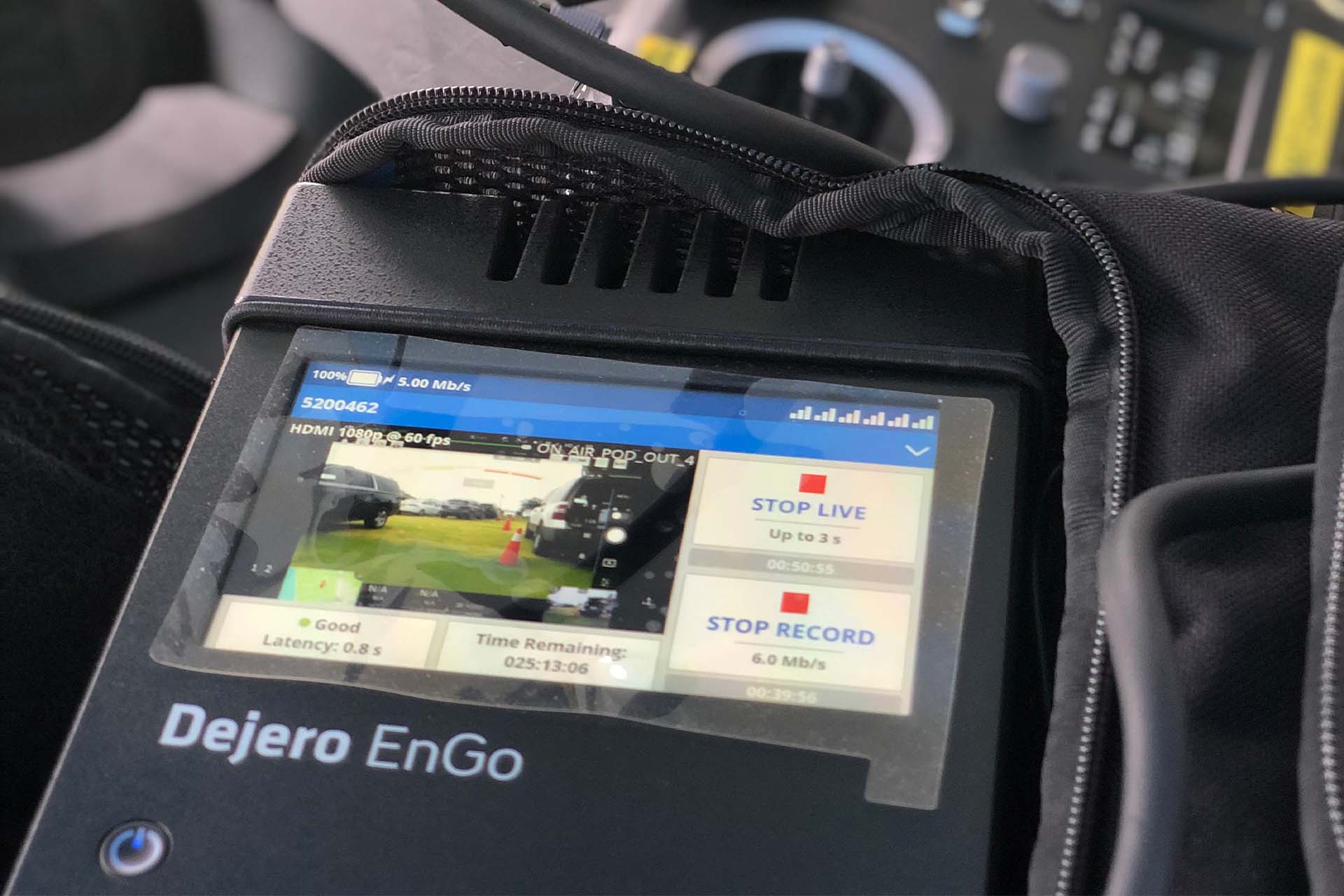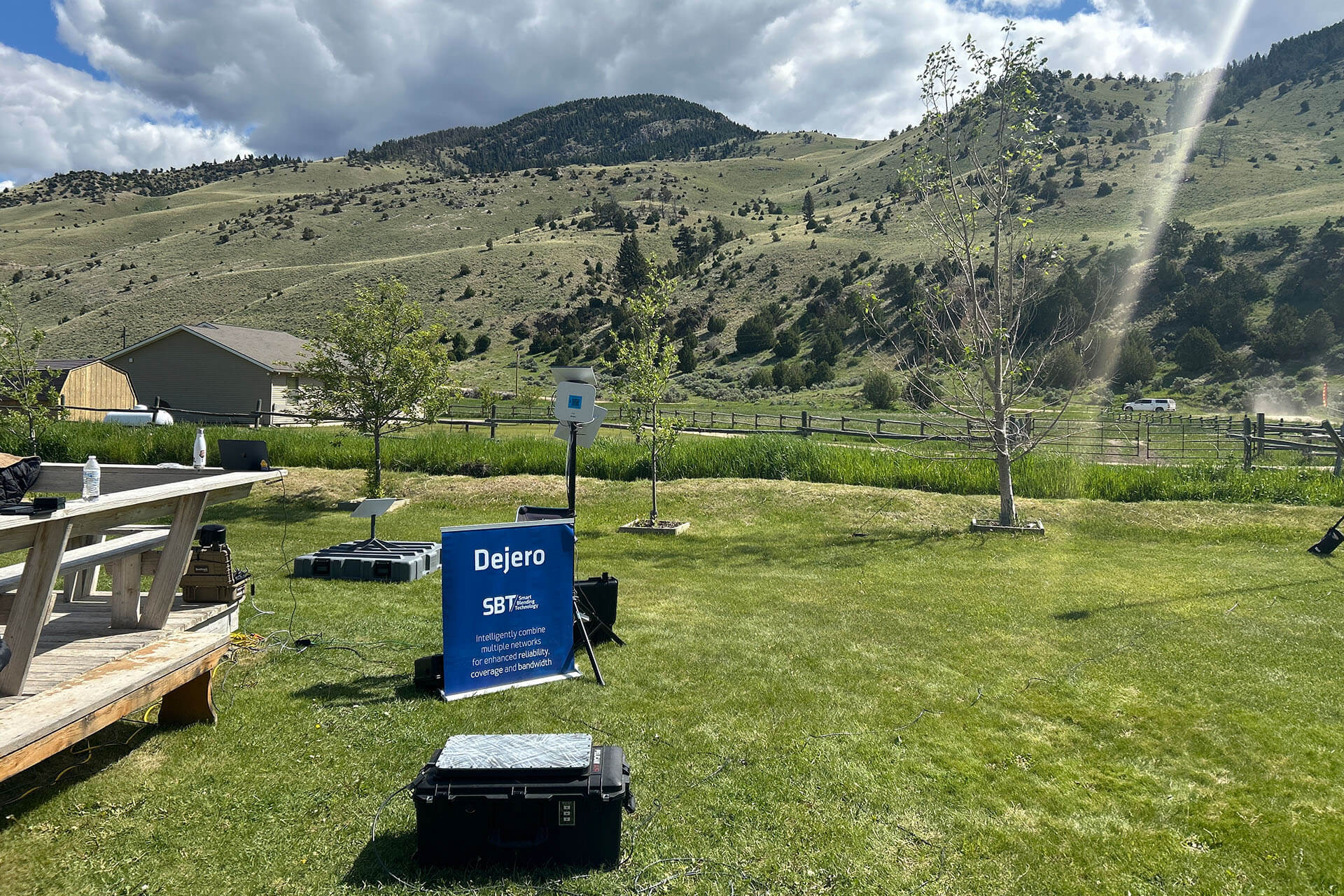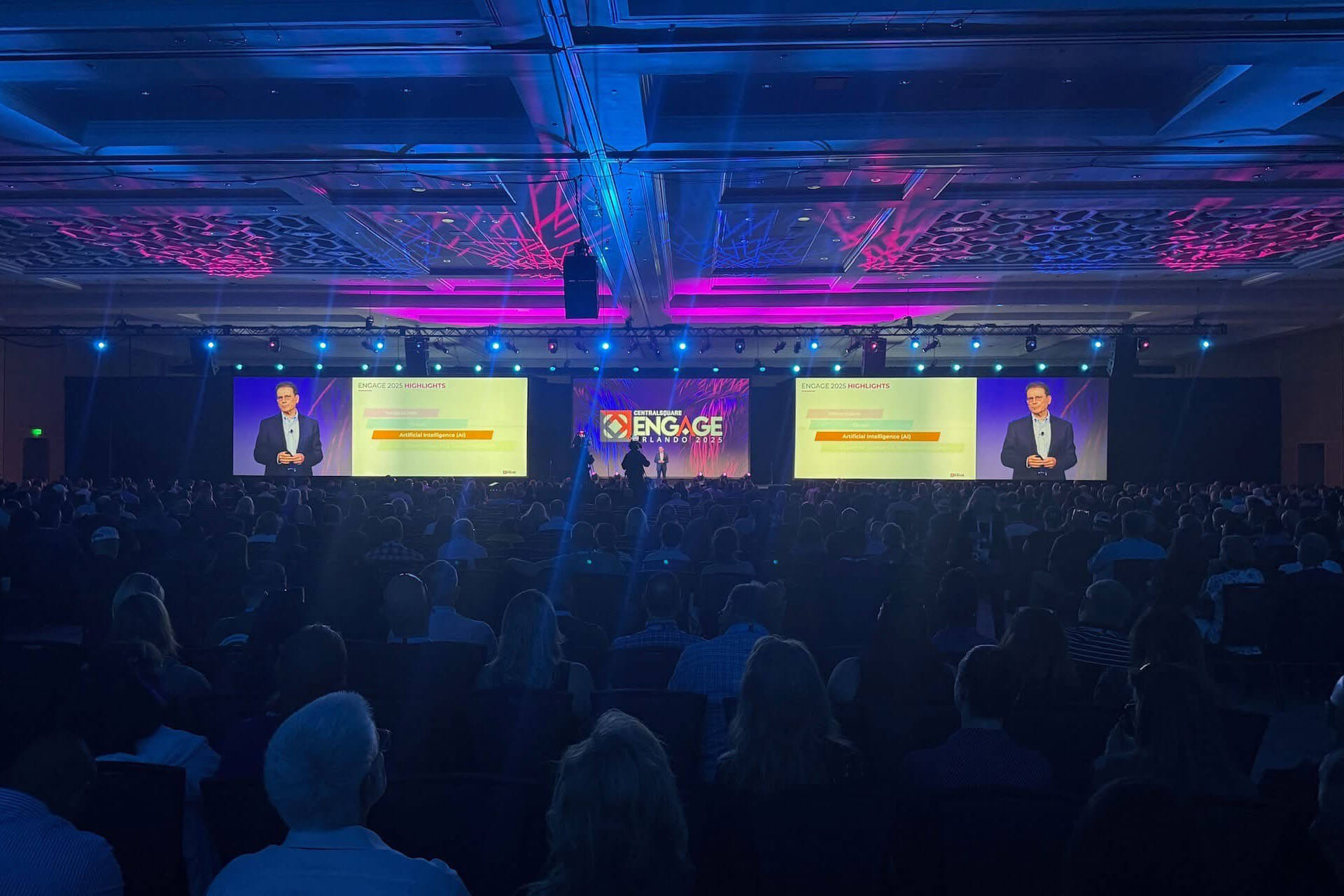We have never been better connected to one another.
In the US, more than 90% of adults own a smartphone. The way we communicate has changed too; today we routinely send texts, take pictures, post videos, and use social media channels to stay in touch. This enhanced connectivity has had a major impact on all our communications, including how we interact and engage with public safety services.
In the past three years alone, New York City Public Safety Answering Points (PSAPs) received over three million 911 text messages for emergency response, and according to a US report by the National Emergency Number Association (NENA) more than 80% of the estimated 240 million emergency 911 calls made in the US each year are made from wireless devices.
Landlines
This shift is significant and has serious impacts on public safety and defence operations. Most 911 centres in the US still operate on analog technology designed to work with landlines, with little or no provision to deal with text, video or other digital communications.
According to NENA, PSAPs are being asked to perform functions they were simply not designed for.
When the 911 service was introduced in 1968 it provided an immediate connection to a PSAP to anyone who needed it. It remained largely unchanged until the introduction of Enhanced 911 (or E-911) which added automatic location information of the caller. This worked well for many years as all calls were tied to landlines.
Today, the rise in VoIP and mobile connectivity means it is more difficult for PSAPs to pinpoint the location of a caller who may not be able to communicate verbally, with geographic information often pointing to a central data center or operators having to triangulate cell towers.
Next Generation 911 (NG911) aims to upgrade PSAPs across the country to deal with our more mobile networks, and the mandated requirement for PSAPs to upgrade to digital infrastructures is essential to guarantee the safety and security of millions of people every year.
For many emergency support agencies, NG911 upgrades are challenging and are forcing emergency service providers to rethink entire systems. But many are embracing the call to deliver a more human-centric approach, and Dejero is helping support this transition in a significant way.
Cal OES
The California Governor's Office of Emergency Services (Cal OES) operates 450 PSAPs and deals with more than 26 million 911 calls a year and was struggling to maintain a 100% uptime for its 911 service.
According to Budge Currier, the 911 Communications Branch Manager for the Cal OES, “that’s simply unacceptable in today’s environment.”
The Cal OES chose Dejero to help accelerate its transition to NG911. Dejero now provides active 911 call handling for all backup services across the state, with over 200 Dejero GateWay network aggregation devices integrating directly with the existing Cal OES infrastructure. The network connects with Dejero’s GateWay Cloud Service to route data and deliver resilient back-up connectivity.
Featuring Dejero Smart Blending Technology, it combines cellular, satellite and broadband connectivity to create a virtual ‘network of networks’. By intelligently managing all these connections in real-time, Dejero provides uninterrupted connectivity that is essential for all kinds of critical communication channels to create next generation connectivity.
The installation not only increases the system’s resilience to withstand natural and human-caused disasters, but also the delivery of emergency calls in less than three seconds and reduces system outages and downtime.
Dejero’s solution is now included in the Emergency Services IP Network reference design for LTE backhaul.
Setting the pace
But we can never stand still.
In such a fast-paced environment, if we limit ourselves to our current capabilities, then we will miss opportunities to support customer needs in the future. We often talk about where we see ourselves in the next five years, but the speed of technological development is such that we’ll likely see another evolution in the next six months.
As a connectivity provider, Dejero must develop and evolve alongside customer needs. The move away from traditional communications is inevitable and we work very closely with customers to understand how our technology continues to add value to their day-to-day operations.
As such, Dejero has already moved beyond, planning how to deal with text and video in PSAPs and is already developing technologies for a world where there may be no need for a 911 call. What if there is an emergency and the appropriate response teams already know where it is, who is dealing with it, and what the right level of response is, as it is happening?
Faster and more responsive
Technologies such as Artificial Intelligence (AI) can even predict emergency response situations before they happen, adding capabilities beyond the ability of PSAPs to better support disaster management workflows. The increase in natural wildfires that we have seen over the last few years are examples of natural disasters that demand immediate and decisive action, and AI technology is best placed to predict devastating events like this.
When properly implemented, these technologies could help emergency teams respond with the right level of support in a timely fashion and the efficiencies they deliver will increase the adoption rate at an even more accelerated pace.
It is important to understand the magnitude of the operations; these are life-critical systems and reliable connectivity is a mission-critical component. Our priority will always be to add more value to operators and responders to help keep people safe.












